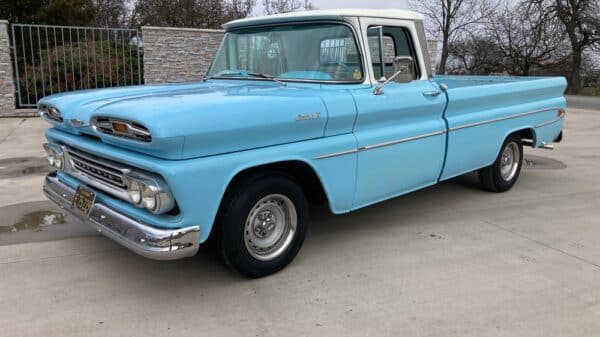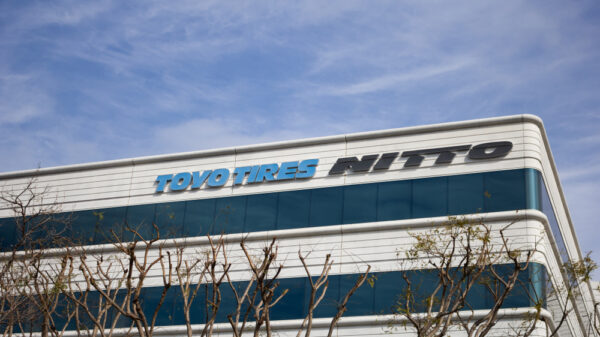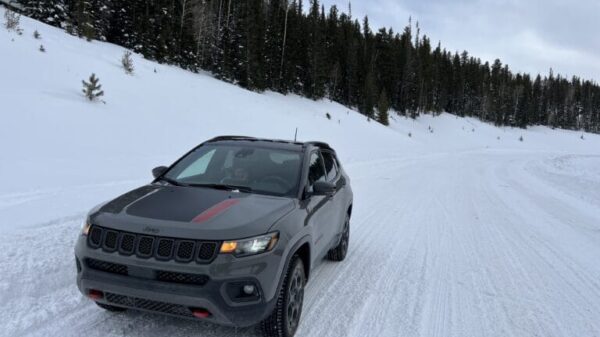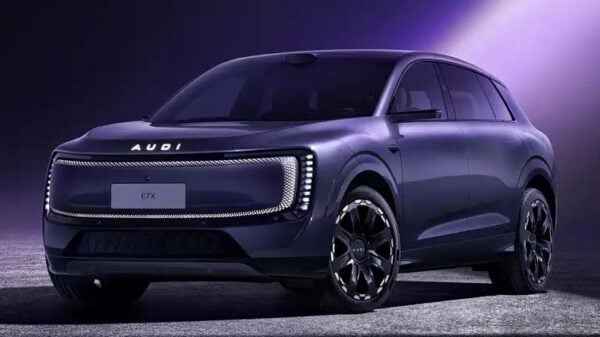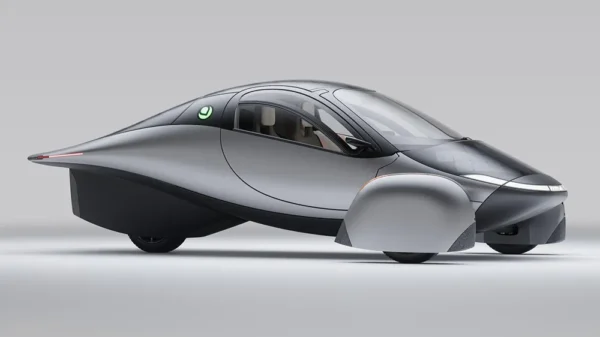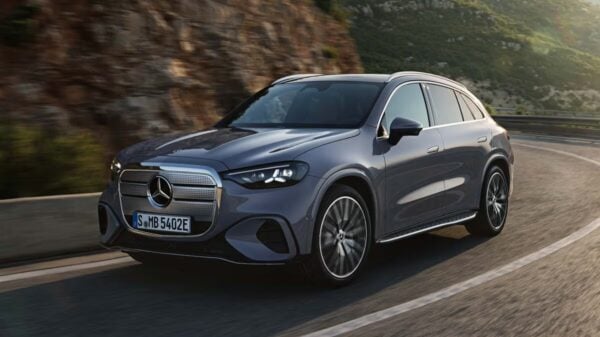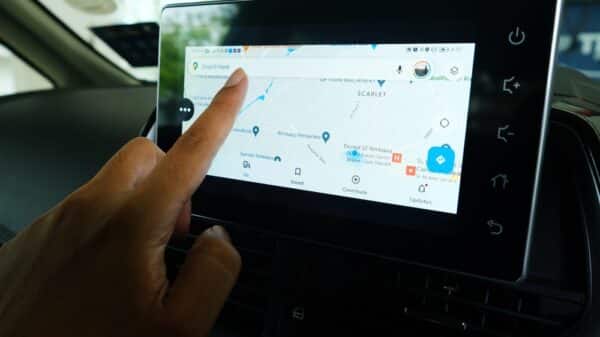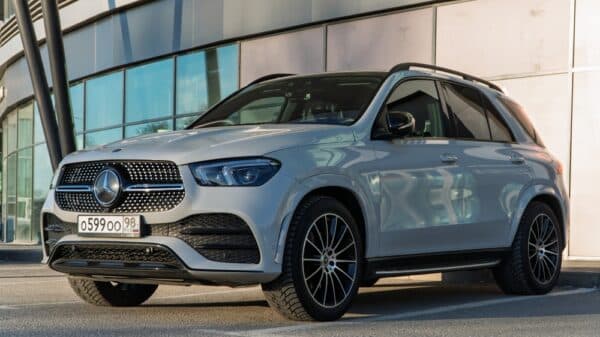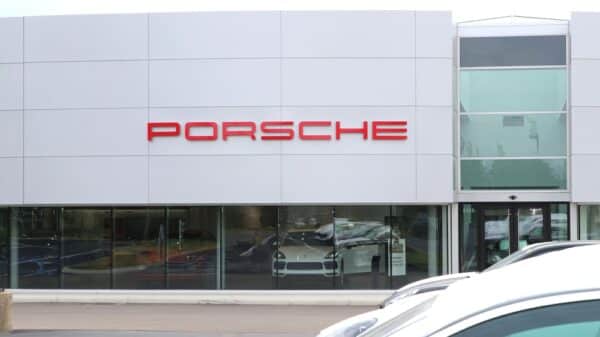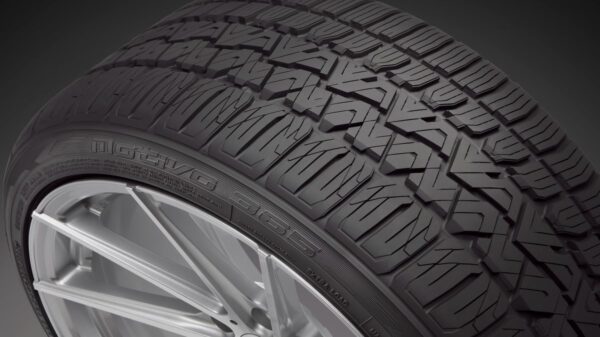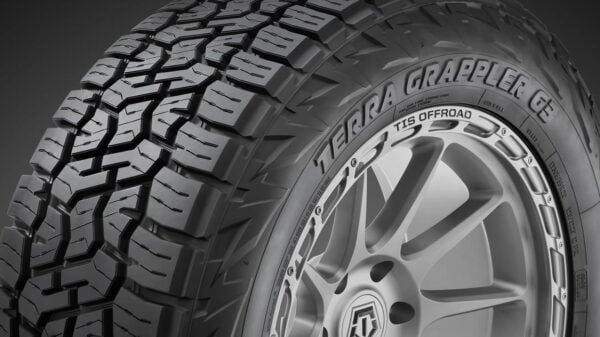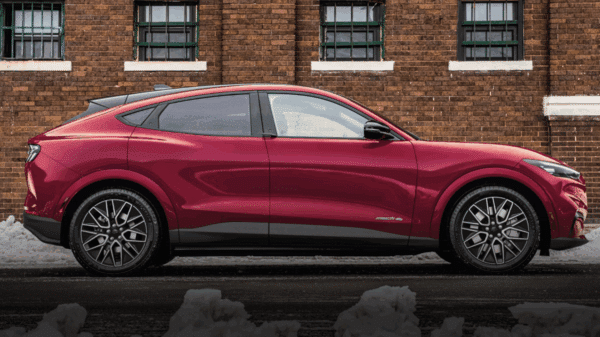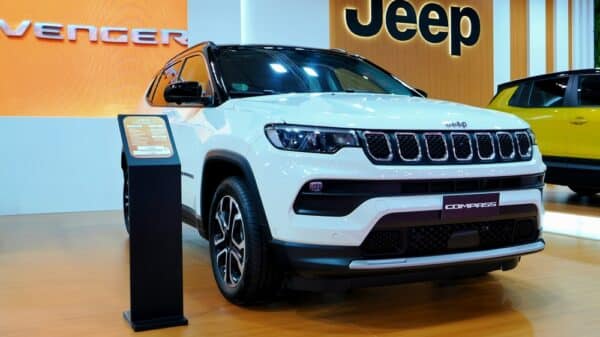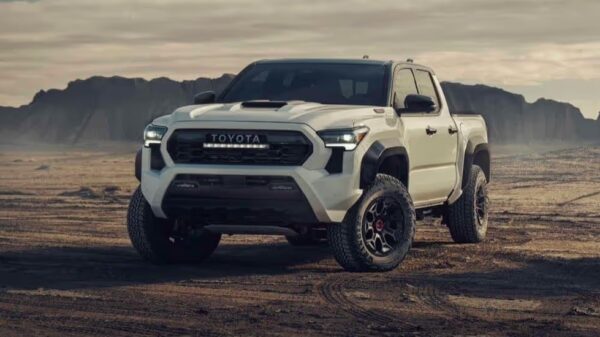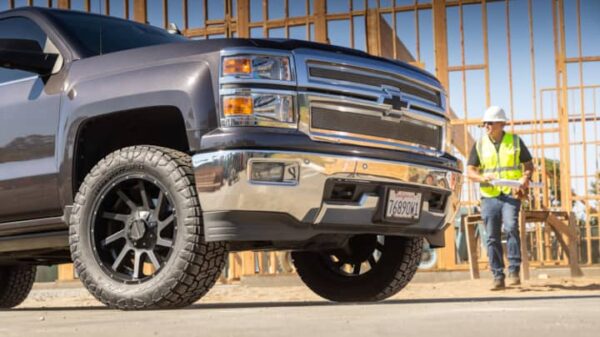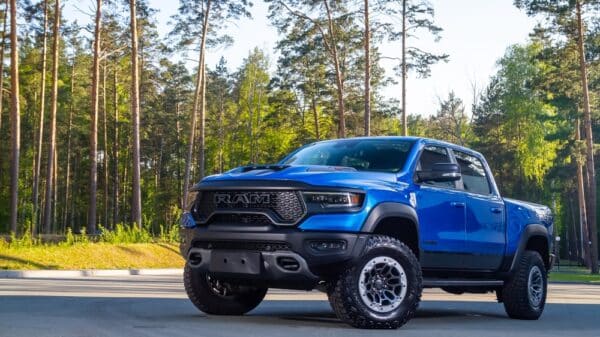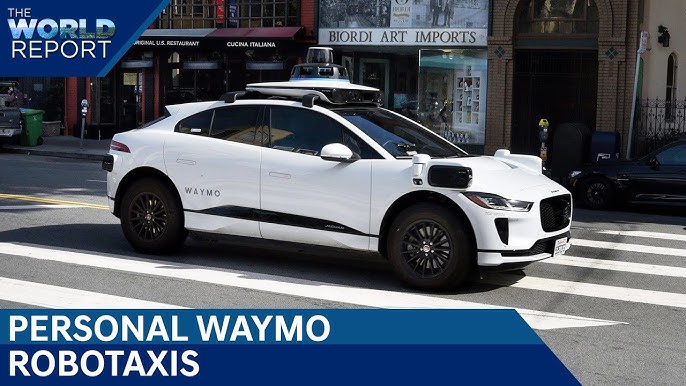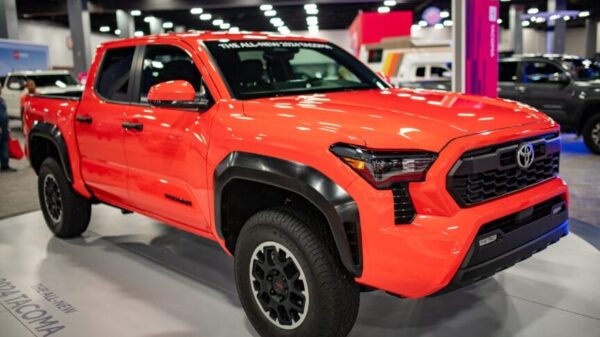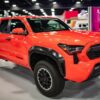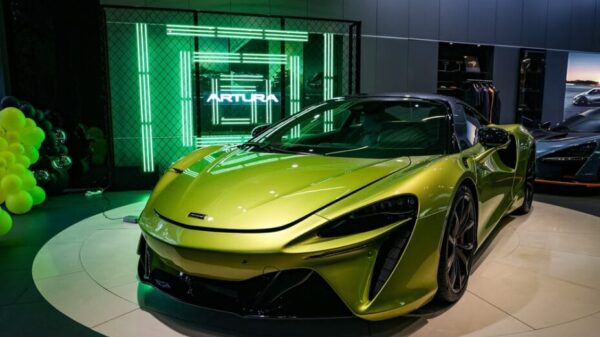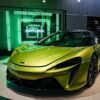Waymo has taken an exciting step forward by launching its fleet of autonomous robotaxis in Atlanta, Georgia. This initiative marks yet another milestone for Waymo, a leader in the field of driverless technology, building on their extensive experience in the industry. Unlike some competitors, the self-driving rides in Atlanta are exclusively available through the Uber app, making it easy for users to integrate this innovative service into their daily routines.
As of now, Waymo’s driverless cars are making waves not only in Atlanta but also in four other cities across the U.S., including the bustling streets of San Francisco, Phoenix, and Los Angeles. In stark contrast, Tesla’s foray into robotaxis is still in its infancy, indicating that the competition for dominance in this burgeoning market is heating up. Autonomous technology, estimated to be worth hundreds of billions of dollars in the next decade, is a space where major players are racing to establish their foothold.
The recent deployment of numerous sensor-packed Jaguar I-Pace EVs in Atlanta exemplifies Waymo’s strategy of leveraging partnerships. Just last week, they also expanded their services in Austin, Texas, and now operate around 100 vehicles there, exclusively available through the Uber platform. With plans to grow their fleet to “hundreds of vehicles” across both cities in the coming years, Waymo is clearly in it for the long haul.
Tesla, often seen as a trailblazer in the electric vehicle industry, is still catching up in the realm of autonomous driving. The automaker recently began offering paid rides in Austin through a small fleet of Model Ys. However, this service is currently invite-only, predominantly available to selected Tesla enthusiasts and influencers. Each ride operates with a safety monitor to ensure passenger safety, an essential feature while the technology continues to evolve.
Interestingly, early experiences from users indicate that while the rides are generally smooth—a promising sign for robotic taxis—there have been noticeable glitches. Instances such as unexpected braking and erratic driving behaviors have raised questions about Tesla’s approach. The company leans heavily on its cost-effective camera and AI technology, rather than the more comprehensive suite of LiDAR sensors and high-definition maps that Waymo employs. Many experts in the field underline that Waymo’s method is not just more sophisticated but also safer, positioning them favorably in this high-stakes race.
Waymo’s existing fleet of around 1,500 cars facilitates about 250,000 paid rides each week with very few reported incidents, a testament to their focus on safety and efficiency. Musk has expressed confidence that Tesla’s robotaxi fleet will grow rapidly and expand into more cities, but the critical question remains: how quickly and safely will this expansion occur, and will they manage to catch up to Waymo’s established lead?
In a world where autonomous vehicles are being embraced both for their convenience and the technological marvel they represent, the race is just beginning. Waymo’s ongoing journey signifies not just competition; it portrays the larger narrative of innovation and the quest for safety in the evolving landscape of transportation.
If you’ve got insights about the electric vehicle space or experiences with self-driving technology, feel free to share your thoughts!
Image Source: NDTV @ YouTube


